COVID This Week:
This week saw Chris Kirby-Turner of Thomson Snell and Passmore, Sarah Fox (500 Word Lawyer) and Jerry Tate of architects, Tate Harmer joining the line up and looking at the future of construction, design and law.
We opened with a word from Chris who noted that whilst setting out very useful guidance as to how to ensure compliance with health and safety requirements, the Prime Minister’s announcement does not indicate significant changes in the law. The key principles for construction operations remain largely the same, building on the good work of the CLC’s now very familiar Site Operating Procedures. Both are likely to be further refined on an ongoing basis as the new working methods bed in.
Moving to Jerry, he noted how impressive the industry has been in terms of people supporting each other, both within architecture and across the wider sector. The key thing to remember is that although it’s challenging and difficult, we can keep things moving. We need to demonstrate that things can be done so that investors keep investing and cash keeps flowing.
Working Together
Chris agreed that the vast majority are working together to get things done. There are, however, a handful of employers who are pushing for everything to be entirely normal, particularly on programme requirements. Chris feels there perhaps needs to be an understanding of what’s possible, given that little predictability now exists around time and cost. With supply chains disrupted and social distancing limiting productivity, progress will undoubtedly alter.
From a contract perspective, Sarah was asked, ‘what’s the requirement in contractual terms as a result of the advice from government? Are people now required to work with ‘good faith’ in legal terms or is there rather, a requirement to collaborate?’. Sarah responded by noting that people should certainly not disregard the contract. Rather, they should look to it for how it can be used as a tool to encourage parties to collaborate and support each other. Parties certainly shouldn’t ‘game’ the contract to look to gain some kind of advantage from its terms.
Jerry adds that construction has a unique problem. You can only carry out much of the work when you’re physically on site. A consequence of this is that building has inherent risks, even outside of a pandemic scenario. As a result, any new regulatory system takes some time to bed-in. We find ourselves in a form of catch-22 situation as we’re really expecting the industry to turn on its head almost instantly.
The Future
So, what might the future look like in terms of contracts, resolution of disputes and building and place design?
Contracts and Law
Sarah notes that a lot of contracts are one-sided, so it is very difficult for one or other party to initiate procedures. If a contract could encourage more collaborative, joint decision making, then there might be less friction. It would be better to have less in the way of ‘lowest tender wins’ bidding, and greater use of technology, better use of digital and collaborative approaches to contracting.
In terms of disputes and resolution, Chris is confident that construction has been one of the more progressive areas in terms of the dispute resolution methods available. The Technology and Construction Court has been keen to adopt technology and new ways of working. Mediations and hearings to resolve disputes have been quick to move to online, and as those new ways of working develop, there are good opportunities to reduce costs and save time.
Adjudication suits remote operation, with those requiring hearings usually being able to take place online. Adjudication is important for quick resolution where parties fail to pay, particularly with the insolvency courts closed. Additionally, the TCC has been quick to move to put Adjudication enforcement decisions online quickly. However, County Courts have struggled more, due to resources and knowledge available to them, so while the quality of the decision may remain consistent, there are variations in efficiency and ability to progress decisions.
Jerry adds that as a non-lawyer, to hear of improvements to speed and cost in legal issues is positive. Ultimately everyone in the process wants to get the job done. Any reduction in time and cost on legal issues is a real positive for the entire industry.
Future Design
In terms of design – the future could be interesting. What does it mean long-term? How long will the social distancing measures be in place? Sarah feels we probably won’t see the ‘end of the office’. However, she suspects the office will inevitably change and that the working day will change. Jerry adds that we now have a fantastic opportunity to discover what does and doesn’t work from home, and how things might work in future. A great opportunity to build evidence of what does and doesn’t work.
In broad terms, there is a trend toward health, wellbeing, etc. This trend already existed before the pandemic arose. He certainly feels that there are some basic things Jerry feels will become a feature of future design. Features such as working space at home, access to outdoor space and nature both at work and at home, etc.
In terms of civic buildings – will design change to allow for distancing? Some will be able to adapt existing facilities. A 2 mode operation is likely, allowing for shifts in needs and space requirements. Jerry also reminded us that museums and bodies like the national trust are heavily reliant on our patronage. So when things do re-open we should try to ensure we support them wherever possible.
Thank you once again to all who joined us and we look forward to next week’s instalment.

